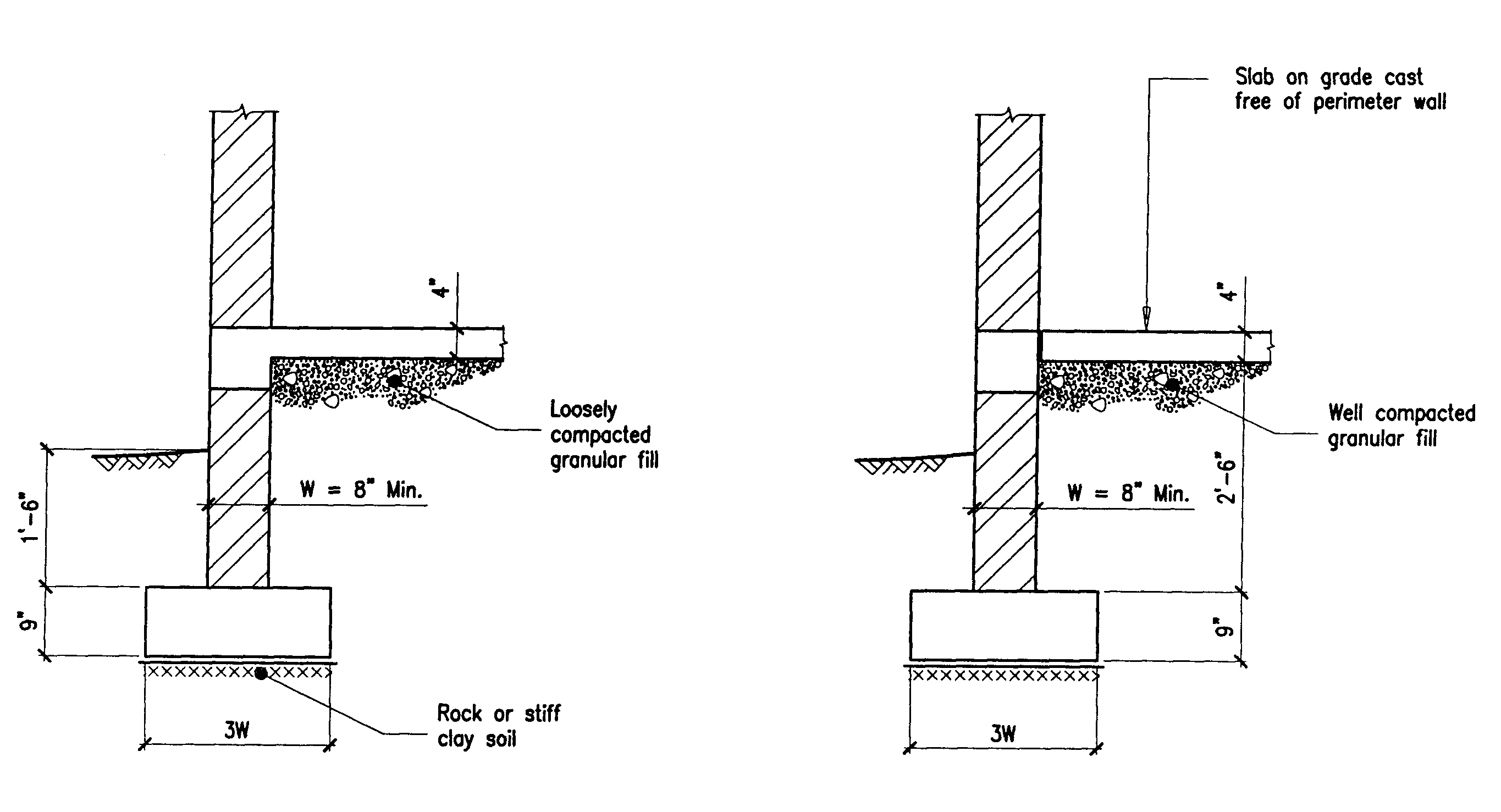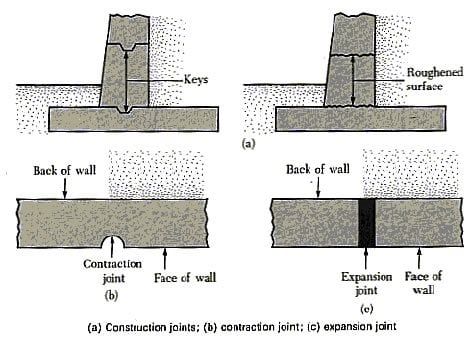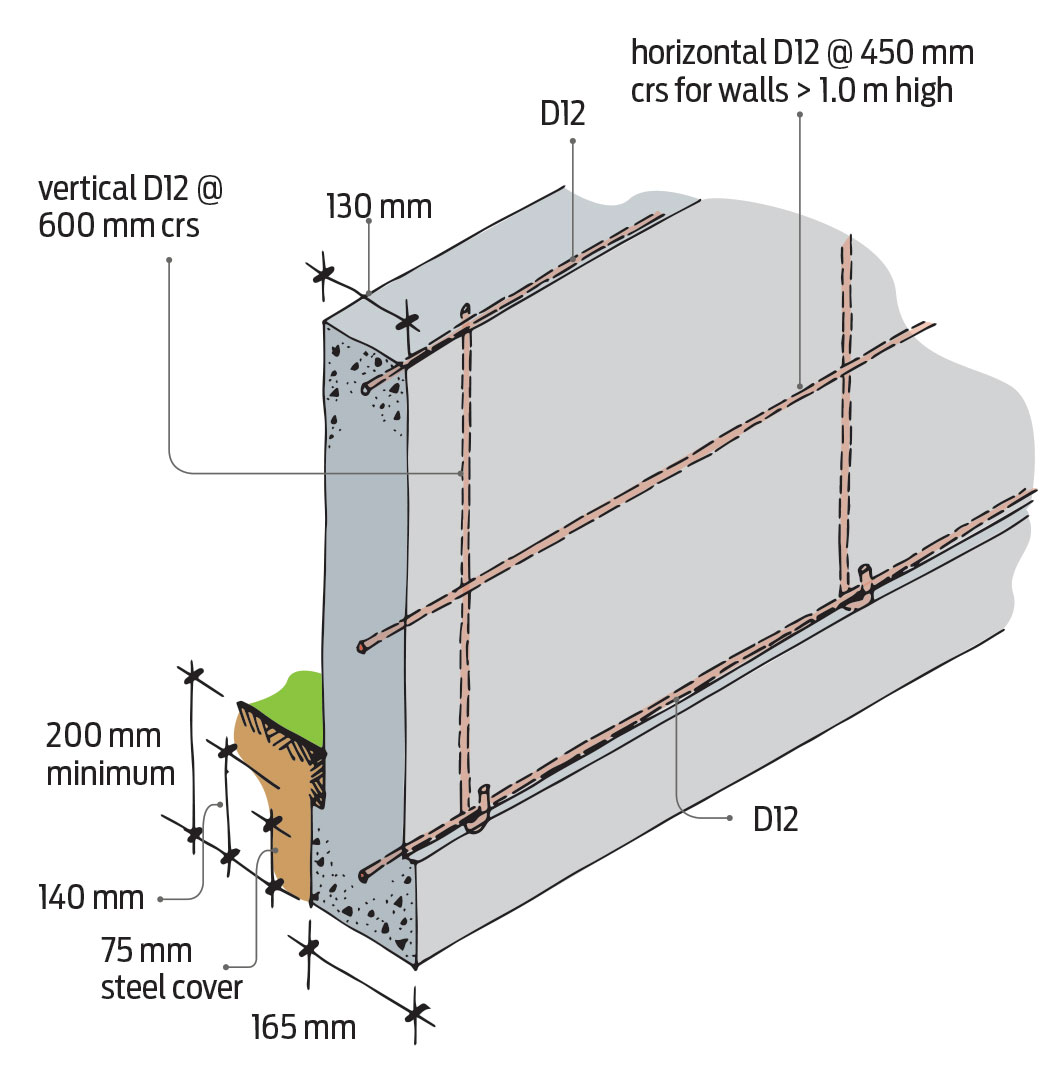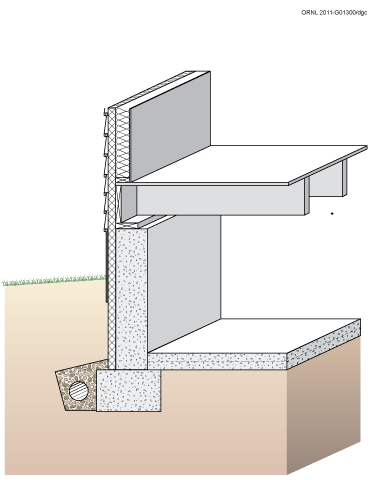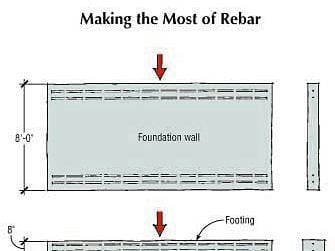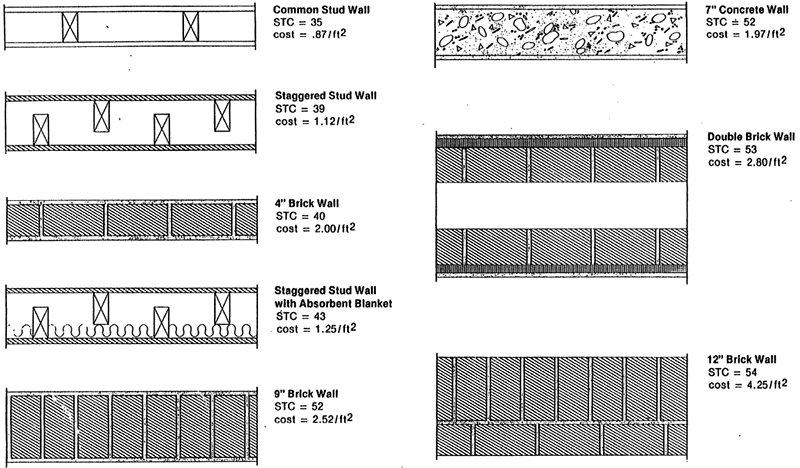Ideal Underground Concrete Wall Thickness
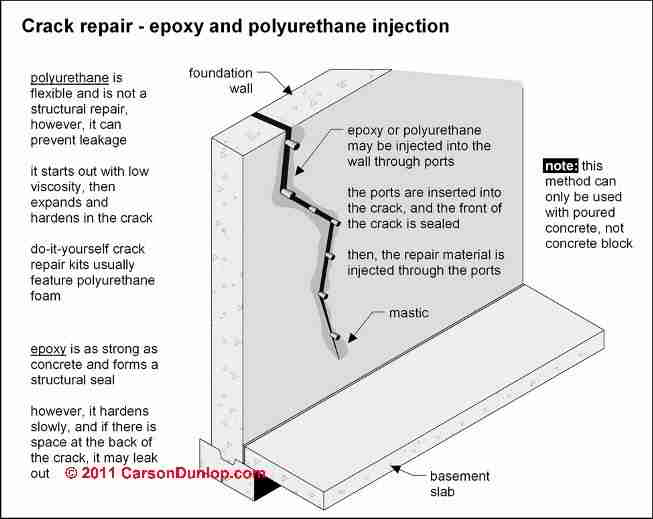
The highest groundwater table is expected to be 4 below grade.
Ideal underground concrete wall thickness. The thickness or depth of concrete basement walls plays an integral role in their long term strength and durability. Concrete foundation walls support the home standing above so any weakness can undermine the stability of the house. Consider methods to reduce permeability improve durability and increase strength. 20 20 60 20.
Spancrete wall panels can be installed vertically or horizontally for shear walls load bearing non load bearing insulated or non insulated interior or exterior walls. The ideal underground water tank. All our tanks are built with either 6 or 8 support legs depending upon the load bearing weight of the tank. The tank will be partially underground the grade level is 10 below the top of the tank.
They can be manufactured in a variety of sizes and finishes. These basement walls are subjected to different forces and loads which will require standard design and construction practice to achieve the desired quality. Our underground concrete water tanks are the perfect way to store your water underground. Concrete thickness the concrete thickness must be sufficient to meet minimum reinforcement cover requirements and withstand design loading conditions.
The fluid level inside the tank is 15. Building and basement walls silos sills lintels machine foundations subject to vibration bridges dams piers etc exposed to action of water and frost foundation concrete for masonry walls 1 2 4. The structural wythes are typically 6 8 or 10 thick with the insulation being 2 to 4 thickness. Concrete strength al ൯ne for an 10 thick wall with 5 10 and 2 5 clear to strength steel will only reduce the nominal moment capacity of the secti對on from 136 68 to 135 66 inch kips 尩 if the concrete strength decreased from 3 5 to 3 0 ksi.
Our standard tanks are built with 6 legs load bearing columns which will take up to 20 tonne of load bearing. As soon as you go higher or have greater depths of soil pushing against the wall you need to increase the thickness to 10 inches. The appropriate depth of the wall depends on several factors and there is no single standard for every home. Thin shell wall panels consist of a thin outer wythe of concrete typically ranging between 1 5 and 3 inches in thickness.
This is connected to a back up system usually constructed of steel framing or studs or sometimes concrete. Understanding the basic requirements of underground or basement wall construction helps to attain durable basement walls with minimum maintenance. Concrete mix design concrete must have a minimum compressive strength of 4 000 psi at 28 days.

